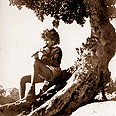
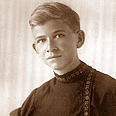
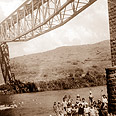
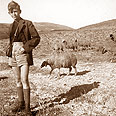
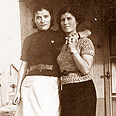
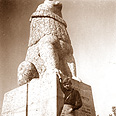

Due to the family's financial situation, Moshe quit school and went to work. Nonetheless, he completed his studies at the Shfeya Youth Village between 1937-1939. He then returned to his family in Tel Aviv and helped support the family while studying music in the evenings and engaging in public musical activity.
In 1942, Moshe sought to join the Hebrew Brigade. Yosef Dashevsky, manager of the Shfeya Youth Village, who was highly appreciated by Moshe, suggested that he join the settlement police near the youth village, so that he could also teach the youth music.
Shfeya already had a tradition of a mandolin orchestra founded by Moshe Medalia in the past, but Moshe Jacobson greatly expanded the musical activity in the village. Moshe's slogan was: "Every child is entitled to a musical performance."
The teaching method was in small groups of students who wanted to play together and served as an example to other students, teaching each other. There were no notes and adaptations to the musical instruments and compositions of instruments, so Moshe sat down and wrote music for every instrument and singing composition. The love of music remains among many of those who experienced their youth in Shfeya.
Starting this week, we bring you several articles featuring a selection of Moshe's photo albums, which were provided by his son Ofer. Former students Nathan and Ze'ev Sobol, who still remember their youthful experiences at the Shfeya Youth Village, helped document and reference the names appearing in the pictures.
The Shfeya orchestra, which is composed of the village's graduates, is active to this day. At the end of this article you can listen to a magical piece performed by the orchestra.
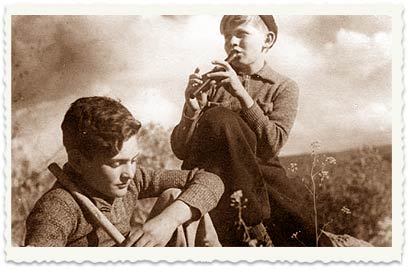
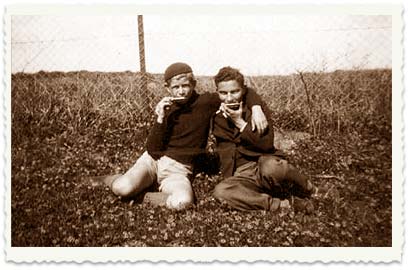
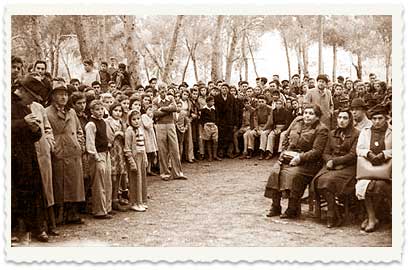

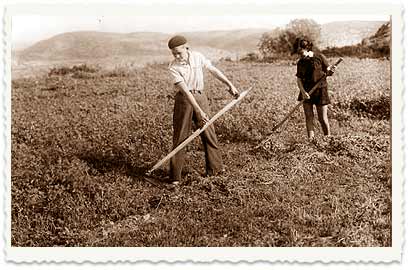
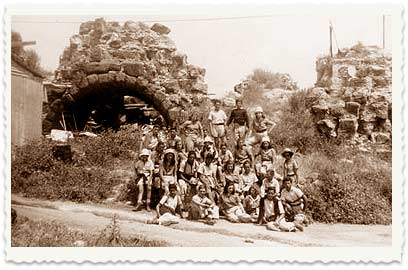
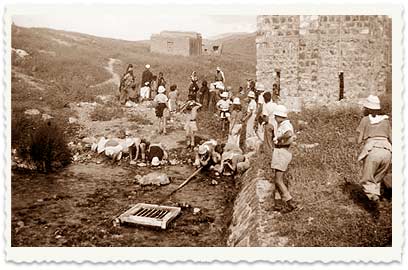
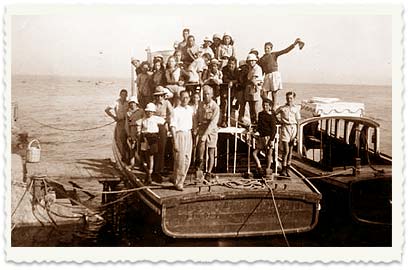
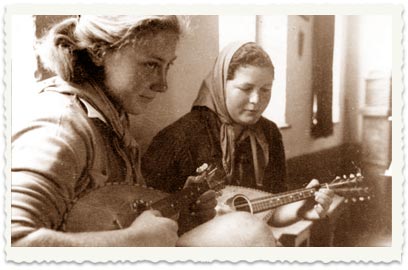
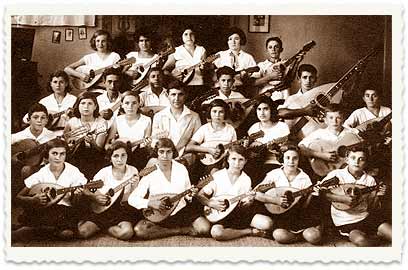
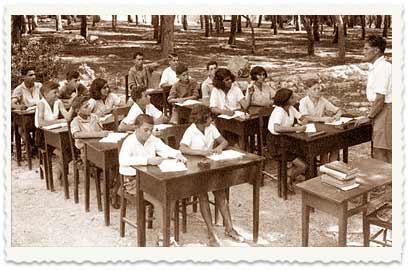
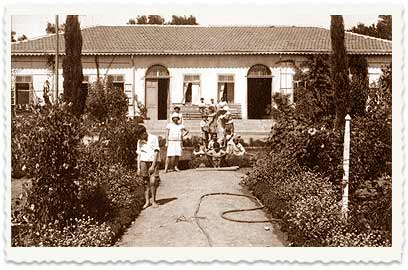
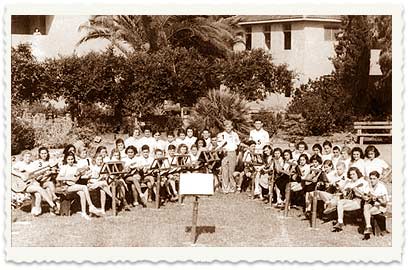
13. The orchestra at the central garden: 1 – Moshe Jacobson, 2 – Dina Litrat (playing a two-headed guitar), 3 – Drora Arkin, 4 Israel (Singer) Zamir (son of author Isaac Bashevis Singer), 5 – Yifrah Leizerovich
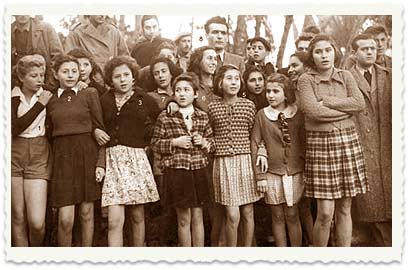
Listen to the Shfeya orchestra:
- For all trips to the past – click here















